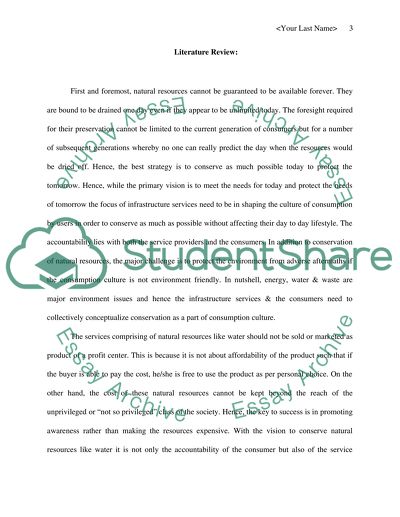Cite this document
(How Do Infrastructures Sape Cultures of Consumption Report, n.d.)
How Do Infrastructures Sape Cultures of Consumption Report. https://studentshare.org/marketing/1551148-how-do-infrastructures-sape-cultures-of-consumption
How Do Infrastructures Sape Cultures of Consumption Report. https://studentshare.org/marketing/1551148-how-do-infrastructures-sape-cultures-of-consumption
(How Do Infrastructures Sape Cultures of Consumption Report)
How Do Infrastructures Sape Cultures of Consumption Report. https://studentshare.org/marketing/1551148-how-do-infrastructures-sape-cultures-of-consumption.
How Do Infrastructures Sape Cultures of Consumption Report. https://studentshare.org/marketing/1551148-how-do-infrastructures-sape-cultures-of-consumption.
“How Do Infrastructures Sape Cultures of Consumption Report”. https://studentshare.org/marketing/1551148-how-do-infrastructures-sape-cultures-of-consumption.


